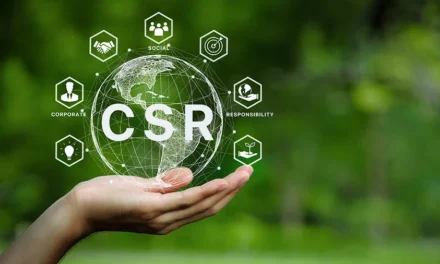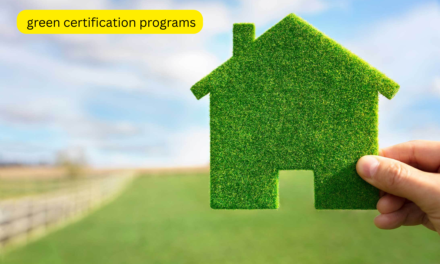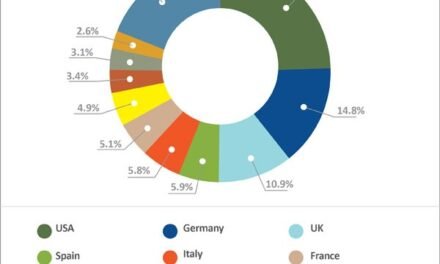1. Sourcing Sustainable Raw Materials
- Issue: Eco-friendly leather requires alternatives like vegetable-tanned leather or bio-based leather substitutes. Finding consistent, high-quality sources of these materials is difficult.
- Challenge: Limited availability, higher costs, and lack of standardization for sustainable leather.
- Example: Vegetable tanning takes longer than chrome tanning, increasing production time.
2. High Production Costs
- Issue: Eco-friendly tanning processes, such as plant-based or bio-leather, are expensive due to labor, technology, and energy needs.
- Challenge: The cost of sustainable leather is 20-50% higher than traditional chrome-tanned leather, increasing the final price of laptop bags and briefcases.
3. Technological Limitations
- Issue: Developing innovative alternatives like plant-based leathers (e.g., pineapple, mushroom, cactus) requires R&D investment and scalable production.
- Challenge: These materials may lack durability, water resistance, and the premium finish required for high-end products.
4. Durability and Performance Concerns
- Issue: Eco-friendly materials, especially vegan or plant-based leathers, sometimes lack the strength, flexibility, and lifespan of traditional leather.
- Challenge: Laptop bags and briefcases require robust materials to carry heavy items and withstand daily wear and tear.
5. Environmental Impact of Alternatives
- Issue: While sustainable leather is marketed as eco-friendly, production processes (e.g., bio-leathers or plastic-based vegan leather) may still involve significant energy use, synthetic chemicals, or emissions.
- Challenge: Balancing true sustainability and material performance.
6. Limited Awareness and Market Demand
- Issue: Consumers may not fully understand the benefits of eco-friendly leather or may resist the higher price points.
- Challenge: Convincing customers to choose sustainability over cost, especially in competitive markets.
7. Supply Chain Complexities
- Issue: Building a sustainable supply chain for raw materials, dyes, and hardware (zippers, stitching) with verified eco-friendly credentials is complex.
- Challenge: Ensuring traceability and compliance with sustainability standards across all production stages.
8. Regulatory and Certification Challenges
- Issue: Navigating different environmental regulations, certifications (e.g., LWG standards), and ensuring third-party verification can be cumbersome.
- Challenge: Small and medium-sized manufacturers struggle to comply due to cost and knowledge gaps.
9. Waste Management in Production
- Issue: Eco-friendly processes still generate by-products and require careful disposal or recycling.
- Challenge: Ensuring a zero-waste production cycle for both leather and its substitutes.
10. Scalability of Production
- Issue: Many eco-friendly alternatives are in the early stages of production and lack industrial-scale facilities to meet global demand.
- Challenge: Scaling up production without compromising on quality and sustainability standards.







